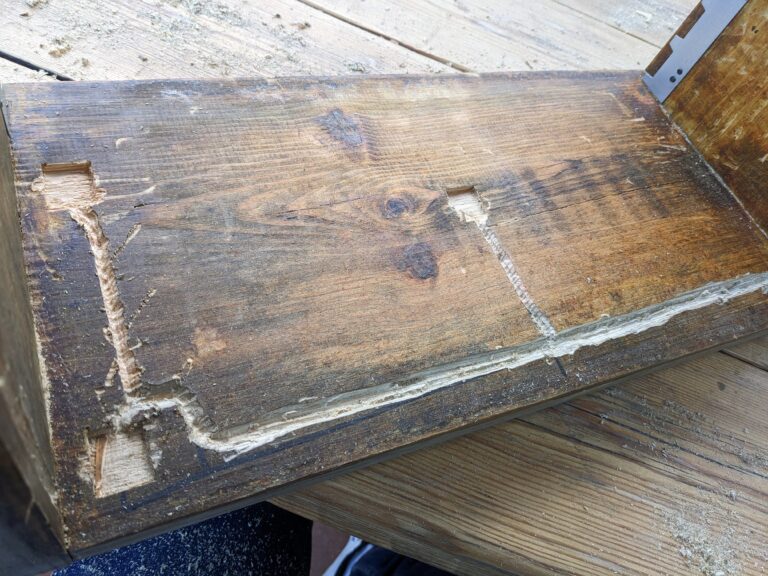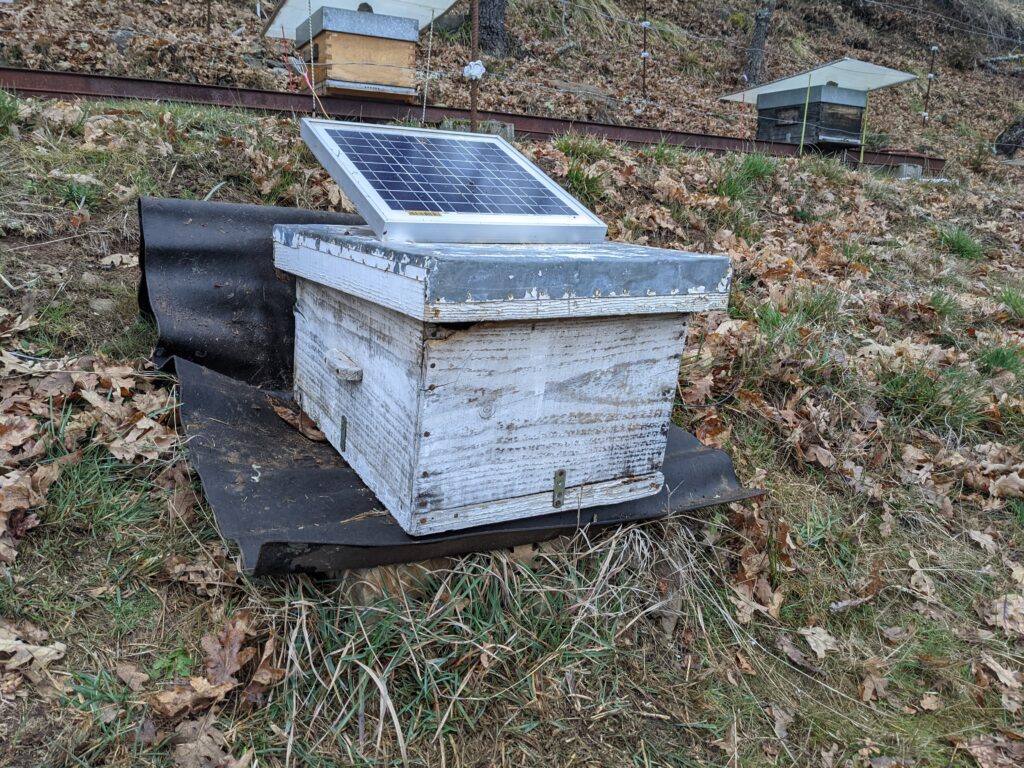Real-time monitoring system for bee hives
I am currently working on a pioneering project dedicated to the comprehensive analysis of bee behavior. Recognizing the crucial role bees play in our ecosystem, I am invested in understanding the intricate social structure and mechanisms within the hive.
Bees are fascinating creatures, exhibiting a sophisticated social system. Within the hive, they engage in a variety of roles ranging from workers and foragers to nurses and, of course, the queen. These roles aren’t static and can dynamically change based on the needs of the colony. A key aspect of this complex society is their ability to regulate the hive temperature. Maintaining a constant temperature, particularly for developing brood, is essential for the survival and health of the colony. Bees collectively work to heat or cool the hive depending on the external environmental conditions, showcasing an extraordinary example of collective intelligence.
With my project, the primary aim is to gather an extensive data matrix from within the hive. By collecting various parameters such as temperature, humidity, and bee activity, my goal is to formulate a predictive model for bee behavior. Leveraging cutting-edge technologies and data analytics, I aspire to understand their behavioral patterns, predict potential changes, and proactively address any problems that could threaten the hive.
In essence, this project is an effort to intertwine technology with nature, contributing to the understanding and preservation of these vital creatures. My passion for protecting and enhancing our environment fuels my dedication to this endeavor. The results of this project could not only help ensure the survival of bees but also improve our knowledge and interaction with the natural world.
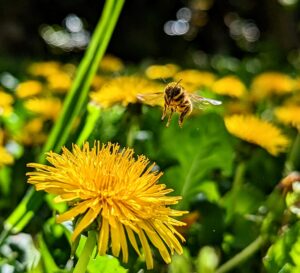
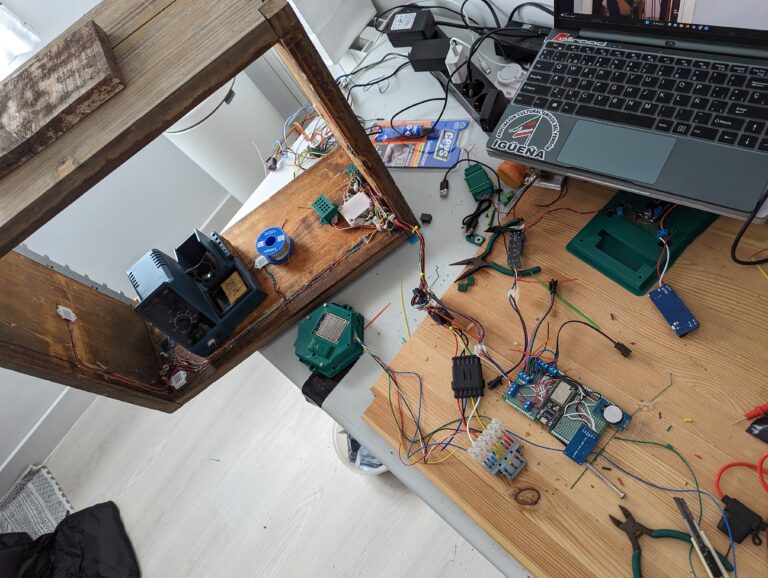
In order to comprehensively understand the dynamics within and around the hive, my project plans to deploy a complete sensorization system both internally and externally. This system will capture as many data points as possible, tracking variables like temperature, humidity, atmospheric pressure, and wind speed.
These sensors will be strategically placed at different points within the hive to give a detailed picture of the hive’s internal conditions. This approach is crucial given that different areas of the hive can experience varying conditions. For instance, the brood area maintains a different temperature compared to the honey storage sections. The same applies to the external sensors, which will be carefully positioned to capture diverse environmental factors affecting the hive.
One key element to note is the impact of solar radiation on hive conditions. The hive’s exposure to the sun can significantly influence its internal temperature, creating variations from one side to the other. By measuring these differences, we can better understand how bees adapt to and regulate these conditions.
It’s crucial to capture data from multiple points due to the hive’s complex structure and the bee’s highly sophisticated social behavior. This comprehensive approach will allow us to fully explore and understand the multifaceted environment the bees live in.
I’m employing an ESP32 microcontroller in my system, a highly efficient, low-cost, and low-power system on a chip (SoC). This ESP32 serves as the central hub of the sensor network, gathering and processing the diverse data from numerous sensors situated within and around the hive.
Given that the hives are located in areas with limited network coverage, I utilize LoRa (Long Range) technology for data transmission. LoRa is particularly suited to this context, offering long-range transmission with low power consumption, making it ideal for remote or rural settings.
Once the data is captured and transmitted using LoRa, it is received by a middleware located in the nearby town. This middleware plays an essential role, acting as the bridge between the remote sensors and the main server.
The data is then relayed to our server hosted on AWS (Amazon Web Services), a secure and reliable cloud services platform. The server stores the data in a robust database, ensuring it’s easily accessible and secure.
This invaluable data forms the backbone of a web-based dashboard that I am creating. The web interface will showcase real-time hive conditions as well as historical data, providing a comprehensive overview of the hive’s status at any given time.
As the project evolves, I’m planning to incorporate predictive learning modules into the platform. This will enhance our capability to foresee potential issues based on the collected data, aiding in timely interventions and better hive management.
Each element of this system, from the ESP32 and LoRa technology to AWS hosting and the web interface, is carefully chosen for their specific capabilities.
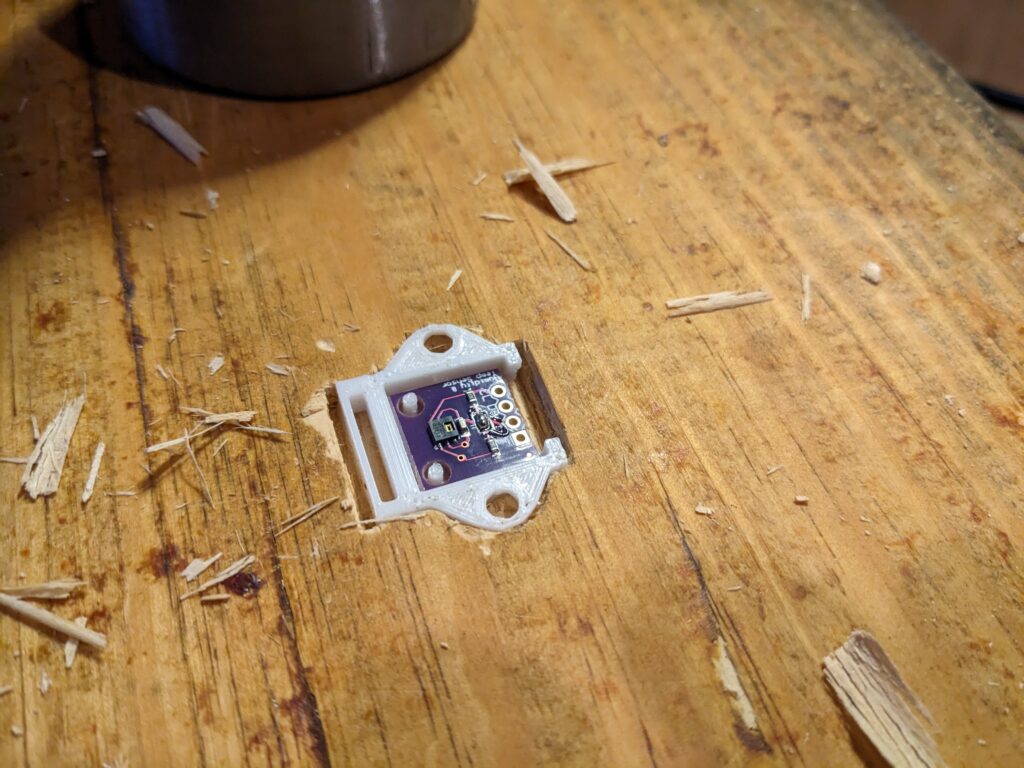
At this point, with 50% of the initial project goals accomplished, I’ve decided to leverage ChatGPT as a primary tool in moving this project forward. Up until now, I’ve been shouldering the entire programming effort, which has been a fantastic journey, allowing me to deepen my understanding and proficiency in using various technologies such as AWS’s new Lightsail module.
However, after extensively testing and experiencing the capabilities of GPT in my other ongoing projects, I’ve realized the immense potential it holds for this venture. Employing GPT can significantly optimize the code I’m implementing and crucially, reduce the learning curve associated with managing such a multifaceted project.
As an AI developed by OpenAI, GPT brings a wealth of expertise and sophistication to the table. It can help to simplify complex tasks, provide insights for problem-solving, and offer programming suggestions. Using ChatGPT as a companion in this project can expedite development, improve efficiency, and ultimately enhance the quality of the insights drawn from the data collected.
I look forward to integrating ChatGPT into this project, confident that this decision will lead to greater success in understanding and preserving the vital world of bees.
